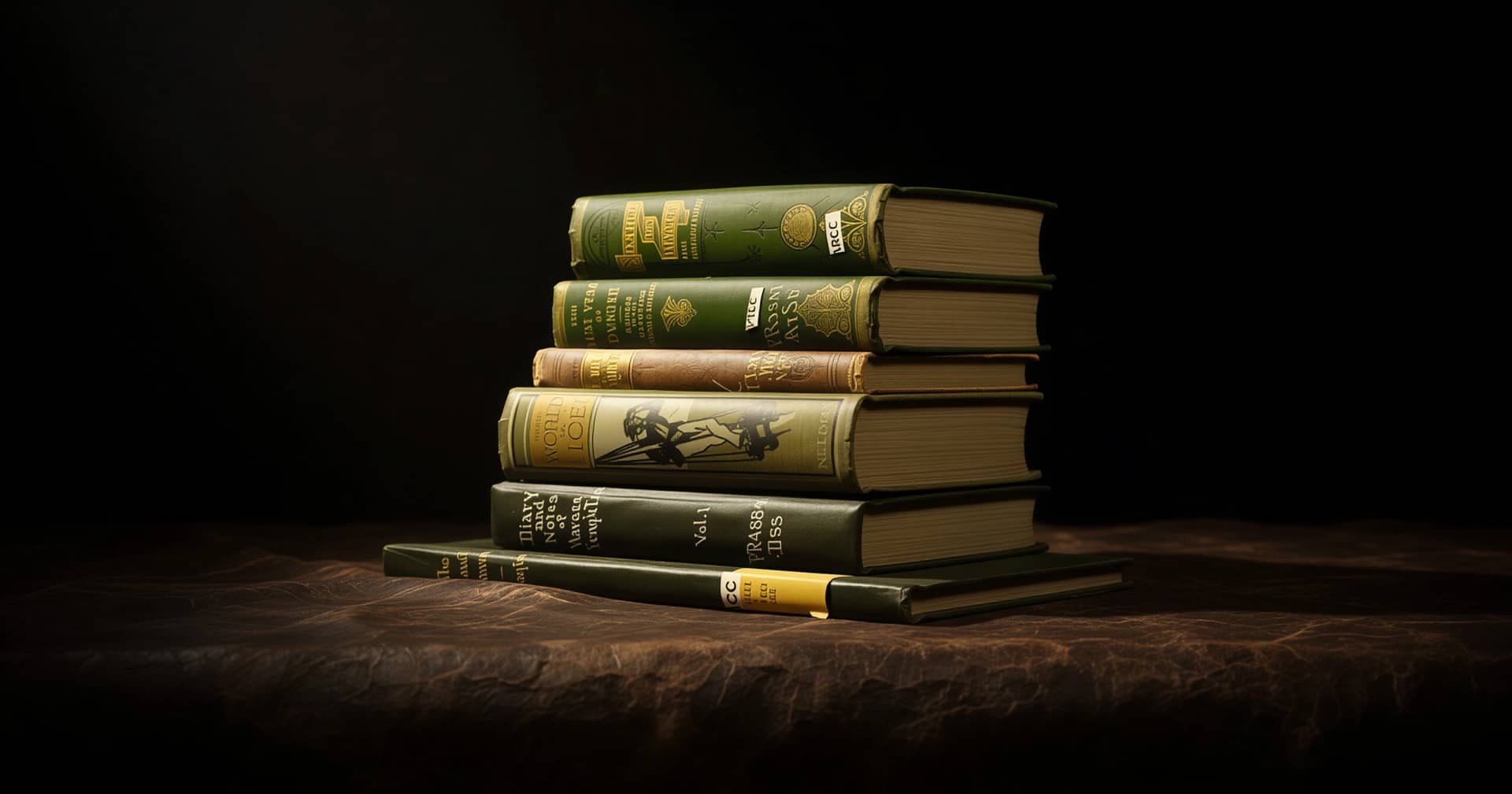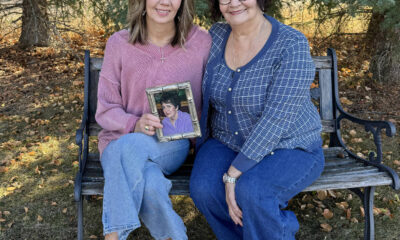Education
Summer Research Uncovers ‘Poison Books’ at Western Libraries

This summer, Karen Wen, a third-year English major at Western University, embarked on an unusual research project focused on identifying potentially toxic books in the university’s library collection. Her initiative, inspired by a class on medieval manuscripts, led her to explore the historical context and implications of hazardous materials in bookbinding.
Wen’s journey began when she encountered a vibrant white pigment in a manuscript during a class taught by Kyle Gervais. After confirming with special collections librarian Deborah Meert-Williston that the pigment could be lead, Wen’s initial shock transformed into curiosity. This moment sparked her interest in the broader topic of ‘poison books’—books bound with materials containing toxic pigments, particularly those from the 19th century, such as emerald green dye made from copper arsenic.
Understanding the Risks of ‘Poison Books’
The term ‘poison books’ refers specifically to volumes bound in materials like copper acetoarsenite, known for their striking green hue. These books were quite popular in their time, often chosen for their aesthetic appeal as gifts. Wen explains that while readers of the 19th century were aware of arsenic’s toxicity, many did not perceive it as a significant danger, as arsenic was commonly used in various household products, from soaps to cosmetics.
“Today, when people hear the word ‘poison,’ they immediately think of lethal danger, but what exactly does poison mean?” said Wen. “Just because it’s poisonous doesn’t mean that it’s evil.”
Wen’s research was part of a broader initiative linked to the Winterthur Poison Book Project, based at the University of Delaware. This project aims to enhance knowledge of hazardous materials in 19th-century bookbinding and establish best practices for their handling. Over several months, with guidance from M.J. Kidnie and mentorship from Meert-Williston, Wen visually examined over 7,000 books, ultimately identifying 96 volumes containing potentially toxic pigments.
Methodology and Findings
To identify these books, Wen cross-referenced titles with those in the Winterthur Poison Book Project database. Using a specially designed swatch bookmark, she compared any green 19th-century books to known hazardous shades. One notable title, The Paragreens on a Visit to the Paris Universal Exhibition by Giovanni Ruffini, was later tested in the university’s Earth and Planetary Materials Analysis Laboratory. The results confirmed the presence of both copper and arsenic in the book.
Wen noted that while she identified close to 100 potentially poisonous books during her internship, she anticipated finding more. “It’s a bit of a double-edged sword,” she remarked, acknowledging the importance of public safety while also highlighting the historical significance these books hold.
Many volumes in circulation may have been rebound or altered over the years, complicating the understanding of their original context. “People didn’t know what they were fixing,” Wen explained. “When the physical book is destroyed, so too is its social and historical context.”
Experts involved in the Winterthur Poison Book Project emphasize that while these books do not pose significant risks as long as the pigments are not ingested, precautions are advised. Meert-Williston noted that books identified as containing arsenic are placed in labelled bags, and users are encouraged to wash their hands after handling them. For those hesitant to engage with the physical copies, many texts are accessible digitally.
Wen’s experience has taught her valuable lessons about the complexities of historical artifacts. “To not judge a book by its cover,” she concluded. “There are so many more layers—culturally, literally, textually, symbolically—to explore and research.”
-

 World4 months ago
World4 months agoScientists Unearth Ancient Antarctic Ice to Unlock Climate Secrets
-

 Entertainment4 months ago
Entertainment4 months agoTrump and McCormick to Announce $70 Billion Energy Investments
-

 Lifestyle4 months ago
Lifestyle4 months agoTransLink Launches Food Truck Program to Boost Revenue in Vancouver
-

 Science4 months ago
Science4 months agoFour Astronauts Return to Earth After International Space Station Mission
-

 Technology2 months ago
Technology2 months agoApple Notes Enhances Functionality with Markdown Support in macOS 26
-

 Top Stories3 weeks ago
Top Stories3 weeks agoUrgent Update: Fatal Crash on Highway 99 Claims Life of Pitt Meadows Man
-

 Sports4 months ago
Sports4 months agoSearch Underway for Missing Hunter Amid Hokkaido Bear Emergency
-

 Politics3 months ago
Politics3 months agoUkrainian Tennis Star Elina Svitolina Faces Death Threats Online
-

 Technology4 months ago
Technology4 months agoFrosthaven Launches Early Access on July 31, 2025
-

 Politics4 months ago
Politics4 months agoCarney Engages First Nations Leaders at Development Law Summit
-

 Entertainment4 months ago
Entertainment4 months agoCalgary Theatre Troupe Revives Magic at Winnipeg Fringe Festival
-

 Top Stories1 week ago
Top Stories1 week agoFamily Remembers Beverley Rowbotham 25 Years After Murder





















